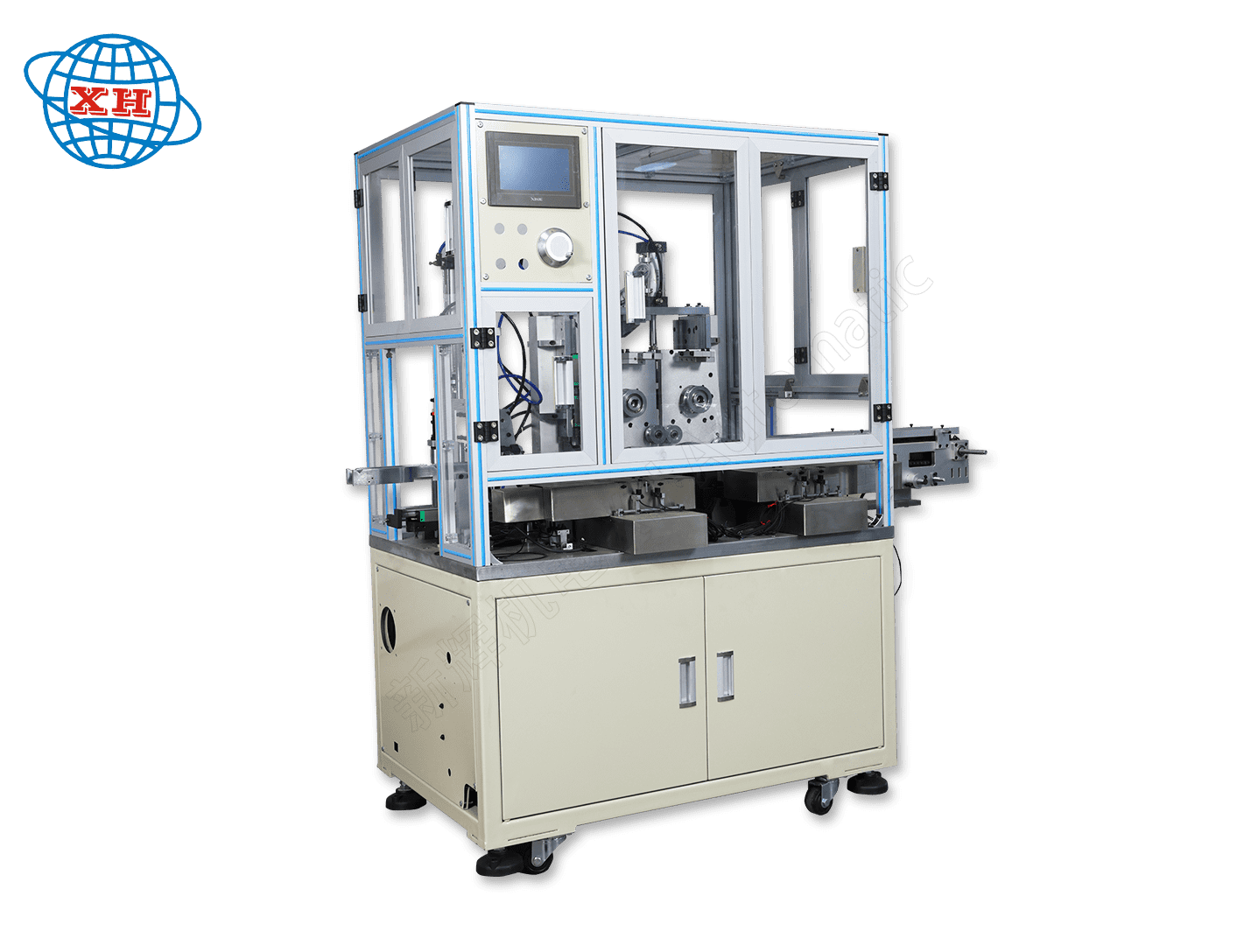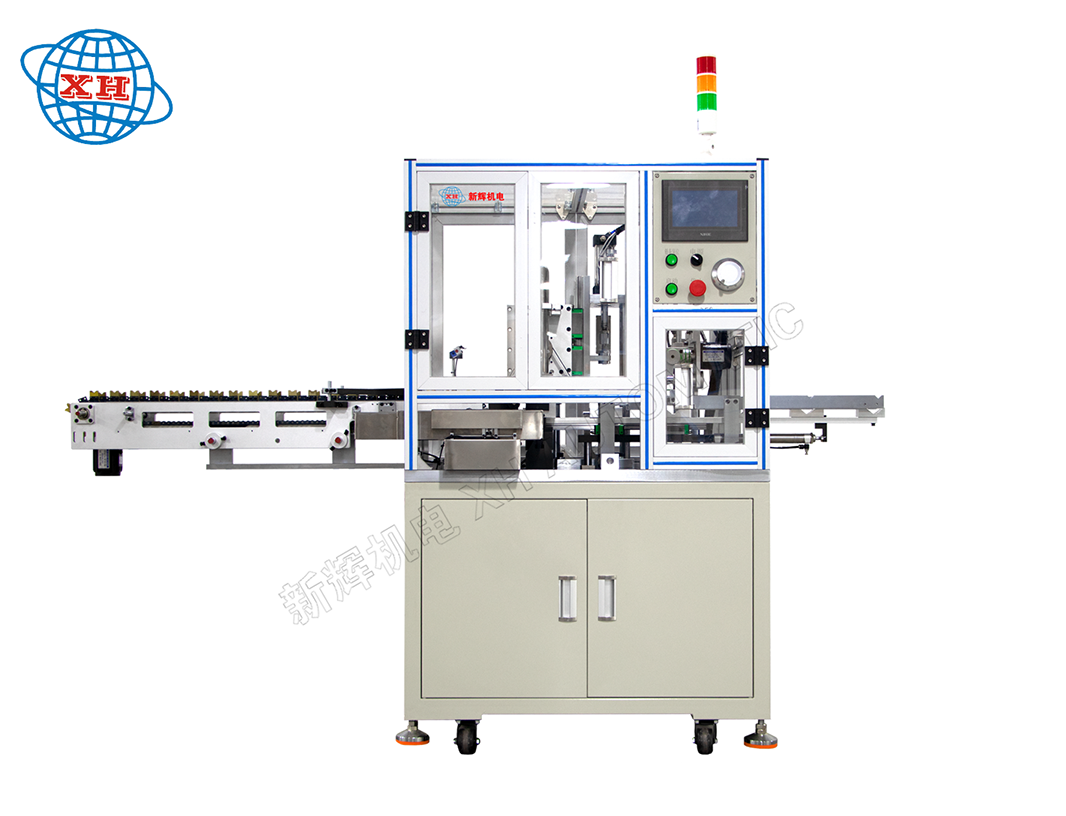The overall technical solution of the automatic double-station fine-turning machine is mainly designed around the core objectives of improving production efficiency, ensuring machining accuracy and realizing automated operation.
一、Equipment structure and design
Dual-station design:
The automatic double-station fine turning machine adopts double-station design, i.e., two workstations are set up on the same machine, capable of processing two rotors at the same time. This design significantly reduces the time wasted while waiting for the equipment to be changed or adjusted, thus improving the overall production efficiency.
High-precision support and positioning:
The equipment is equipped with high-precision support structure and positioning system, such as diamond V-support, etc., which is used to reduce the vibration during the turning process, ensure the stability of the rotor, and thus improve the machining accuracy.
Automatic loading and unloading system:
Automatic loading and unloading of the rotor is realized by adopting automation equipment such as motor or robotic arm, which reduces manual operation and improves the automation of the production line.
Tool feeding and turning system:
Each station is equipped with an independent servo motor or stepping motor for controlling the feeding and turning speed of the turning tool to ensure the stability and precision of the machining process.
二、control system and operation
Advanced numerical control system:
The equipment integrates advanced CNC system, which realizes the precision control of turning tool movement trajectory through programming to meet the needs of various models of rotor machining. The CNC system can adjust the machining parameters in real time to ensure the machining accuracy and improve the production efficiency at the same time.
Human-machine interface:
Equipped with an intuitive and easy-to-use human-machine interface, operators can easily set machining parameters, monitor the machining process and receive fault alarms through the touch screen or keys.
Automated debugging and optimization:
The CNC system is equipped with automated debugging and optimization functions, which can automatically adjust the machining parameters according to the actual situation in the machining process, reduce human intervention, and improve production efficiency and machining quality.
三、auxiliary functions and features
Brush cleaning and dust and chip suction:
The equipment is equipped with brush cleaning device and high-power dust and chip suction system, which is used to timely clean up the iron chips and impurities generated during the machining process to keep the working area clean and the equipment in good running condition.
Forward and reverse turning function:
It supports forward and reverse turning operation, which can meet the processing requirements of different workpieces and improve the flexibility and processing efficiency of the equipment.
High-precision Sensor:
Built-in high-precision sensors are used for real-time detection of the position and attitude of the workpiece and tool, providing accurate feedback signals for the CNC system to ensure the stability and accuracy of the machining process.
四、Scope of application and advantages
Scope of application: automatic duplex fine-turning machine is widely used in automotive, aviation, mold and other manufacturing fields, suitable for a variety of rotor high-precision machining production.
Advantage:
Improve production efficiency: Dual station design reduces waiting time and improves equipment utilization.
Ensure machining accuracy: high precision support, positioning and control system ensure machining quality.
High degree of automation: Automatic loading and unloading, debugging and optimization reduce manual intervention.
Good flexibility: support a variety of processing methods and process parameter adjustment.
To sum up, the automatic double-station fine turning machine realizes high-yield and high-precision machining production through its unique double-station design, high-precision control system and rich auxiliary functions.














